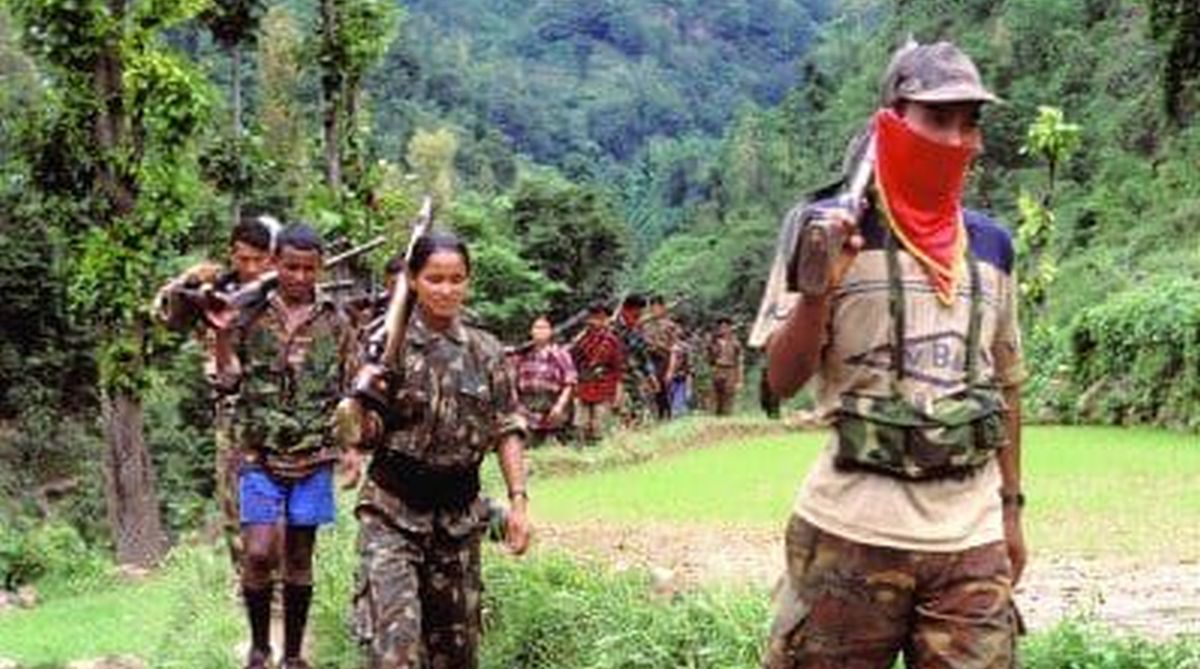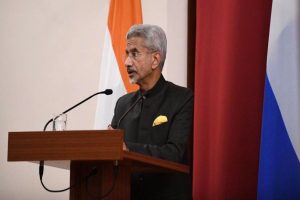The latest Naxal attack in Chhattisgarh has triggered familiar noises, deflections and worst of all, familiar reactions. While the exact details are still subject to conjecture, it was a joint operation entailing over 2,000 security personnel (including specialist forces like COBRA) against an estimated 300 insurgents, acting ostensibly on ‘intelligence input’, who then got caught in an ambush despite telltale signs of a looming trap. Many soldiers were left behind to fend for themselves, when others retreated to the camps.
Disturbingly, the insurgents had adequate time to strip the fallen security personnel of their weaponry and wares, as their bodies lay unrecovered for hours, six kilometers from a security camp. With 23 security forces dead and just one insurgent body recovered ~ it is claimed that ‘many more were killed’ but were taken away by insurgents in tractors ~ paints an even worse picture of reality. That the concentrated presence of 300 odd insurgents in a specific area went unnoticed by both the intelligence community and the villagers says something about the competence of the former and the inclination of the latter. If the suggested ‘search and destroy’ operation was borne out of the reported ‘weeks’ of planning by senior ‘advisors’ ~ it says something about the quality of leadership, planning, operational efficacy, accompanying intelligence and the understanding of the societal landscape.

While in any counter-insurgency environment, such like attacks are to be expected, it is the post-attack reaction that determines the future course. There are always invaluable lessons in terms of preparedness, tactics and leadership imperatives that hold the key to probabilities of repeat incidents and impact. Importantly, this incident on the borders of Bijapur and Sukma districts, was preceded by an equally deadly attack last year in Sukma district’s Elmaguda forest that had led to 17 security personnel fatalities. Even then, it entailed a joint operation with multiple police forces of states, CRPF, Special Task Force and District Reserve Guards, and like now, 16 weapons were taken away by the insurgents.
Earlier still in 2018, nine CRPF soldiers were killed in an IED blast, and in 2017, 26 security personnel were killed in yet another ambush, in Sukma district. As the Naxal movement and attacks have surged in the district, the popular opinion amongst locals has yet to tide against the insurgents and this suggests something very instructive about how the overall management of the counter-insurgency operations has been handled, as no successful insurgency can sustain for so long without popular support.
However, the optics and ‘voices’ post the latest attack still sound eerily familiar, with rote banalities and nothing to suggest any fundamental efforts towards course correction. Despite the huge fatalities in this incident the CRPF DG insisted that there was, ‘no operational and intelligence failure’, the Chief Minister said that ‘people of the region were disenchanted with Naxals’, whereas the Home Minister chipped in with ‘we will win it in the end’. There was nothing to suggest much-needed reflection, and expectedly, no heads rolled for any responsibility and accountability reasons.
The parallel ‘echo chamber’ of ostensible ‘nationalists’ roared with brave talk of deploying the military, alluding to so-called ‘urban naxals’ and sabre-rattling at China for supporting the Maoists. In the din of the absurd, important questions of addressing societal grievances, questioning operational efficacy and political honesty in keeping certain issues beyond electoral posturing, was lost. That no counter insurgency anywhere in the world has ever been won through only security exertions was immaterial. That we should never think of deploying our Armed Forces against our own citizens (howsoever misguided) and instead rely on policing forces to do the needful, was also relegated to the background. The dominant instinct of ‘muscular posturing’ was immediately deployed, and to counter any uncomfortable questions pertaining to the operation itself, the ‘morale of our jawans’ was invoked as a political bulwark. Last but not the least, the Centre-State dissonance also played up, with each side resorting of platitudes and grandstanding of ‘taking this fight to a decisive turn’. The ostrich mentality of the political classes, security personnel and administrative machinery seemingly saw no issues with the prevailing local sentiment or the operational conduct ~ this after repeated attacks, year after year. Instead the incident was afforded sentimentality and emotions that snub hard questioning, beyond partisan politics.
Success in counter-insurgency is predicated on ‘winning back’ the popular disaffection, as that is the only oxygen that sustains a movement. While in the past, sporadic elements of the LTTE and North-Eastern insurgent groups had aided the Naxals in procuring weaponry and training ~ today the bulk of weaponry is not of sophisticated Chinese or Pakistani markings (as popularly believed), but of the homegrown facilities that make guns, landmines, IEDs or of snatched/ ‘sourced’ weapons from security personnel. That the Naxals exploit the governmental indifference (even discrimination) and carry out their own share of atrocities is given a justifying context by the locals.
The lack of coordination between various police forces, administration and the absence of a holistic national plan to acknowledge and address the root causes of the conflict, has resulted in a ‘score card’ mentality of tracking killed/apprehended as the sole determinant of ‘situation coming under control’. Insurgencies in Punjab and North East were ended when the locals were given a patient hearing and redressal of their genuine grievances, along with the parallel steel of the security apparatus.
Today, alluding to ideological patrons in some universities, intelligentsia or even China/Pakistan is where the passionate conversations end, and the more important task of ‘winning back’ our own citizenry is sacrificed by muscular talk that reaps electoral harvest in other places.
India has experience in successfully ending insurgencies. It also has heaps of reports on transformational policing reforms, if allowed to be implemented. But it lacks the political sincerity, vision and the will to accept the wrongs committed on the ‘unseen’ populace and outgrow its fixation with partisan one-upmanship which disallows introspective debate and change.
Unfortunately, this may not be the last of such Naxal attacks, and a lot of the blame for the same must be apportioned on the hubris, petty politics, lack of accountability and intransigence of those in the corridors of power ~ besides the Naxals, themselves.












